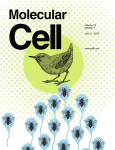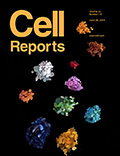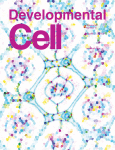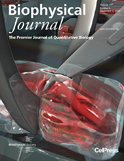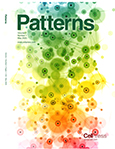Speaker
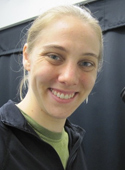
Dr. Stephanie Weber is an Assistant Professor of Biology and an Associate Member in Physics at McGill University. She earned dual Bachelor’s degrees in Biology and Chemistry from Duke University and a PhD in Biochemistry from Stanford University.
Working jointly with Julie Theriot and Andy Spakowitz, Dr. Weber studied the dynamics of bacterial chromosomal loci as a graduate student. She found that chromosomal loci do not move randomly inside the cell, as predicted by Brownian motion. Instead, they jiggle back and forth, thoroughly exploring local regions of space while taking longer than expected to reach distant targets. Through a combination of experiment, theory and simulation, Dr. Weber discovered that this anomalous subdiffusive motion arises from interactions with the viscoelastic cytoplasm. Moreover, this motion is driven in part by active ATP-dependent fluctuations. These observations suggest that the biophysical properties of the cytoplasm may have profound effects on intracellular processes such as transport and gene expression.
As a Damon Runyon Postdoctoral Fellow with Cliff Brangwynne at Princeton University, Dr. Weber investigated the size and assembly kinetics of the nucleolus, a prominent membraneless organelle. By genetically manipulating the size of C. elegans embryos, she discovered a concentration threshold below which nucleolar proteins remain dissolved in the nucleoplasm and above which they condense into droplets that coalesce and ripen into functional nucleoli. In addition, she found that the size of the nucleolus scales with cell size during embryonic development and multicellular growth. Concentration dependence and size scaling are hallmarks of first-order phase transitions, indicating that the nucleolus assembles through liquid-liquid phase separation.
At McGill, the Weber lab uses live-cell imaging and physical modeling to understand how biological systems establish and dynamically regulate spatial organization across length scales. Recent work focuses on the assembly and function of membraneless organelles and their impact on organismal growth and size.
« Go Back


